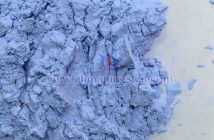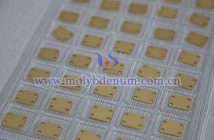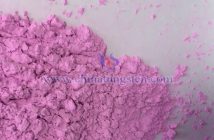Recently, Xinhua News Agency reported that a new study from Australia has revealed that certain plants, over the course of their long evolutionary history, have developed a unique ability to enrich and utilize rare earth elements. Typical examples include the Dicranopteris linearis (a fern species) from Southeast Asia’s Bangka Island and the fern Diplazium species. This discovery provides fresh insights for the development of new technologies in related fields.
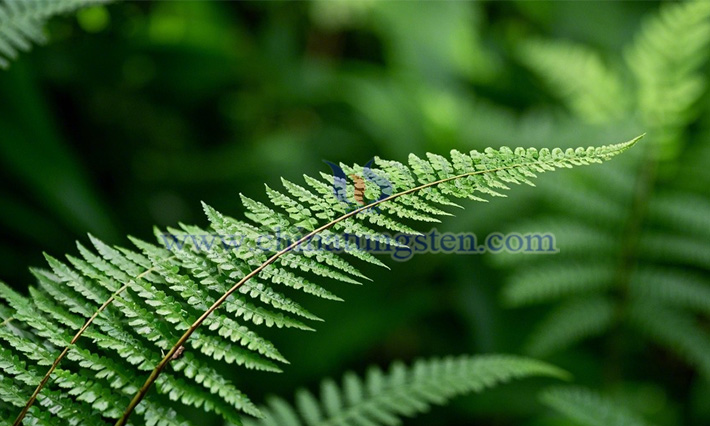
Rare earth elements, often dubbed "industrial vitamins," refer to a group of 17 elements in the periodic table, encompassing the 15 lanthanides along with scandium and yttrium. Based on atomic weight and physicochemical properties, rare earth elements are categorized into light, medium, and heavy rare earths.
During plant growth, rare earth elements play a beneficial role. An appropriate amount of rare earths can effectively promote seed germination, enhancing seed vigor and seedling emergence rates. Treating seeds of crops such as wheat, rice, and corn with rare earths—either by seed dressing or soaking—can significantly boost germination rates. Additionally, rare earth elements can stimulate root system development, increase root vitality, and improve the plant’s ability to absorb nutrients.
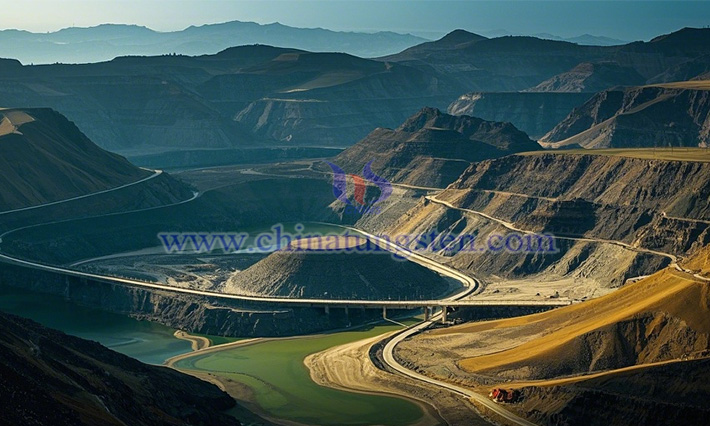
Furthermore, rare earth elements can enhance the efficiency of photosynthesis in plants. They increase the number of chloroplasts in leaf mesophyll tissue and optimize the density of microtubule arrangements, thereby improving the plant’s utilization of light energy. For instance, in blackcurrants (Ribes nigrum), foliar application of an appropriate amount of rare earths can significantly elevate photosynthetic rates, chlorophyll content, and other physiological indicators. Moreover, rare earth elements positively impact plant quality and yield, increasing dry matter accumulation and enhancing sugar content, vitamin levels, and other qualities in fruits.
This Australian study opens up new avenues for the development and utilization of rare earth elements. In the future, it’s possible that inspiration drawn from these plants could lead to the creation of novel photovoltaic devices or even more efficient rare earth extraction technologies, enabling rare earth elements to deliver greater value across a wider range of fields.

